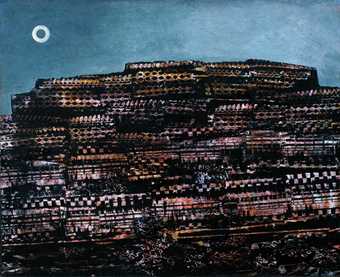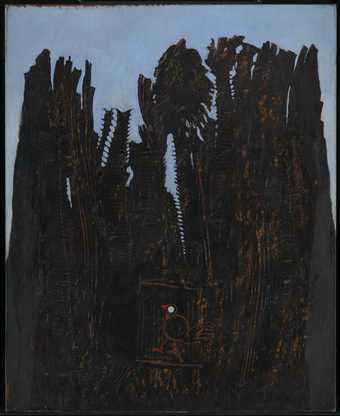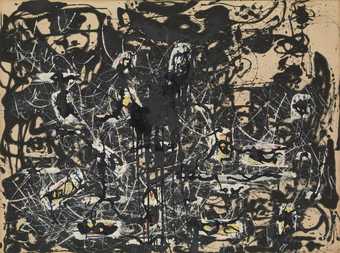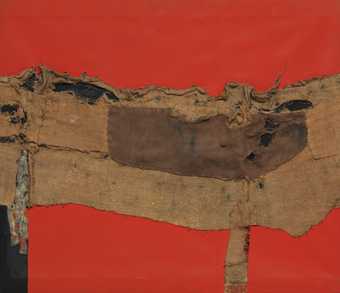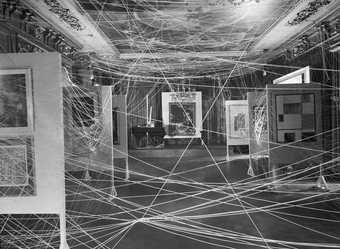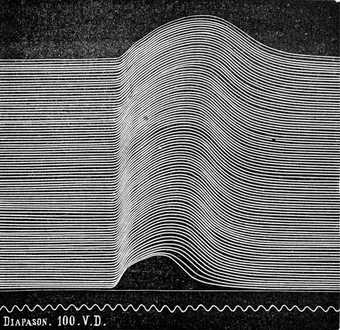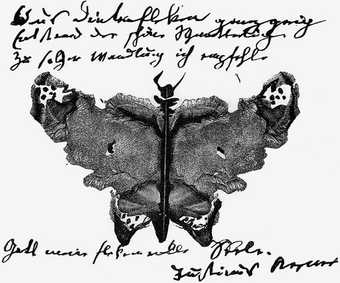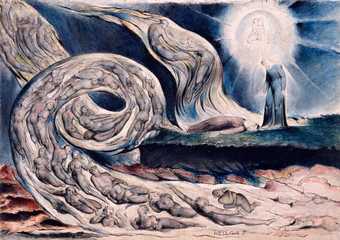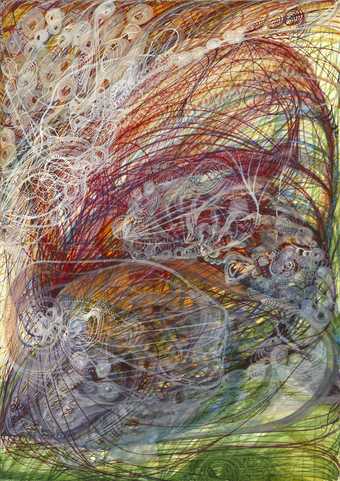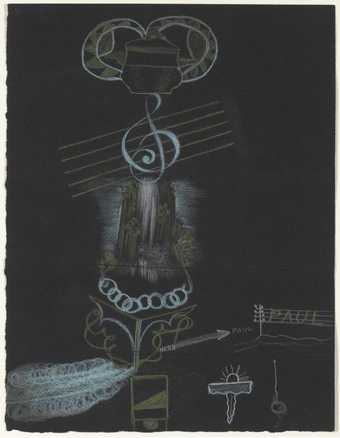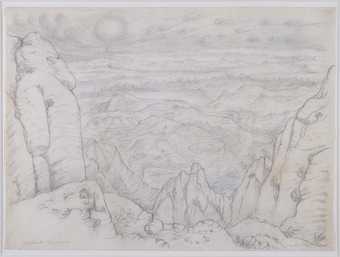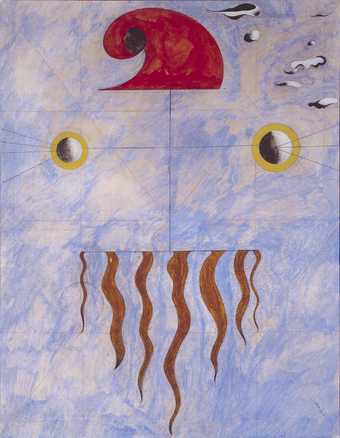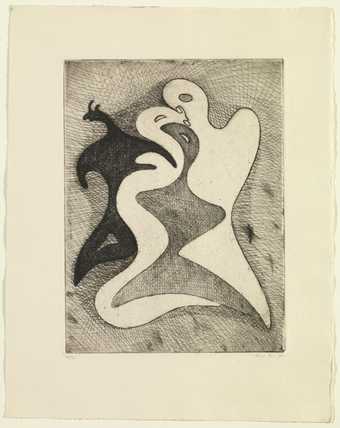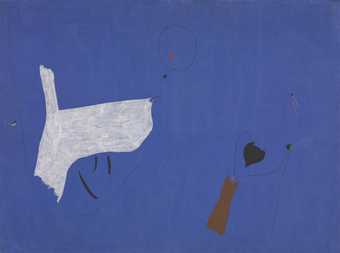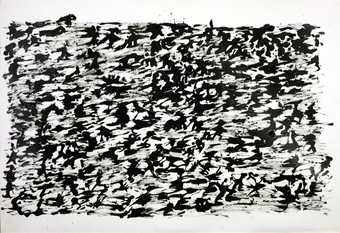
Henri Michaux
Untitled Chinese Ink Drawing (1961)
Tate
Automatism as a term is borrowed from physiology, where it describes bodily movements that are not consciously controlled like breathing or sleepwalking. Psychoanalyst Sigmund Freud used free association and automatic drawing or writing to explore the unconscious mind of his patients.
Freud’s ideas strongly influenced French poet André Breton who launched the surrealist movement in 1924 with the publication of the Manifesto of Surrealism. In the manifesto, Breton defined surrealism as
‘Pure psychic automatism ... the dictation of thought in the absence of all control exercised by reason and outside all moral or aesthetic concerns’.
Breton and others produced the earliest examples of automatism in their automatic writings, aiming to write as rapidly as possible without intervening consciously to guide the hand.
Surrealist collage, putting together images clipped from magazines, product catalogues, book illustrations and other sources, was invented by Max Ernst, and was the first form of automatism in visual art. Ernst also used frottage (rubbing) and grattage (scraping) to create chance textures within his work. Various forms of automatic drawing and painting were developed by artists such as Joan Miro, Andre Masson as well as Ernst.
Later automatism played some part in the abstract expressionism of Jackson Pollock and others and was an important element in the European movements of art informel and arte nucleare.
While the term automatism is specifically associated with twentieth-century artists, and particularly surrealism, earlier artists such as Alexander Cozens used some elements of chance to create works, while others reportedly tapped into visionary or trance states.


